Home>Technology>Smart Home Devices>How Do You Set A Default Printer
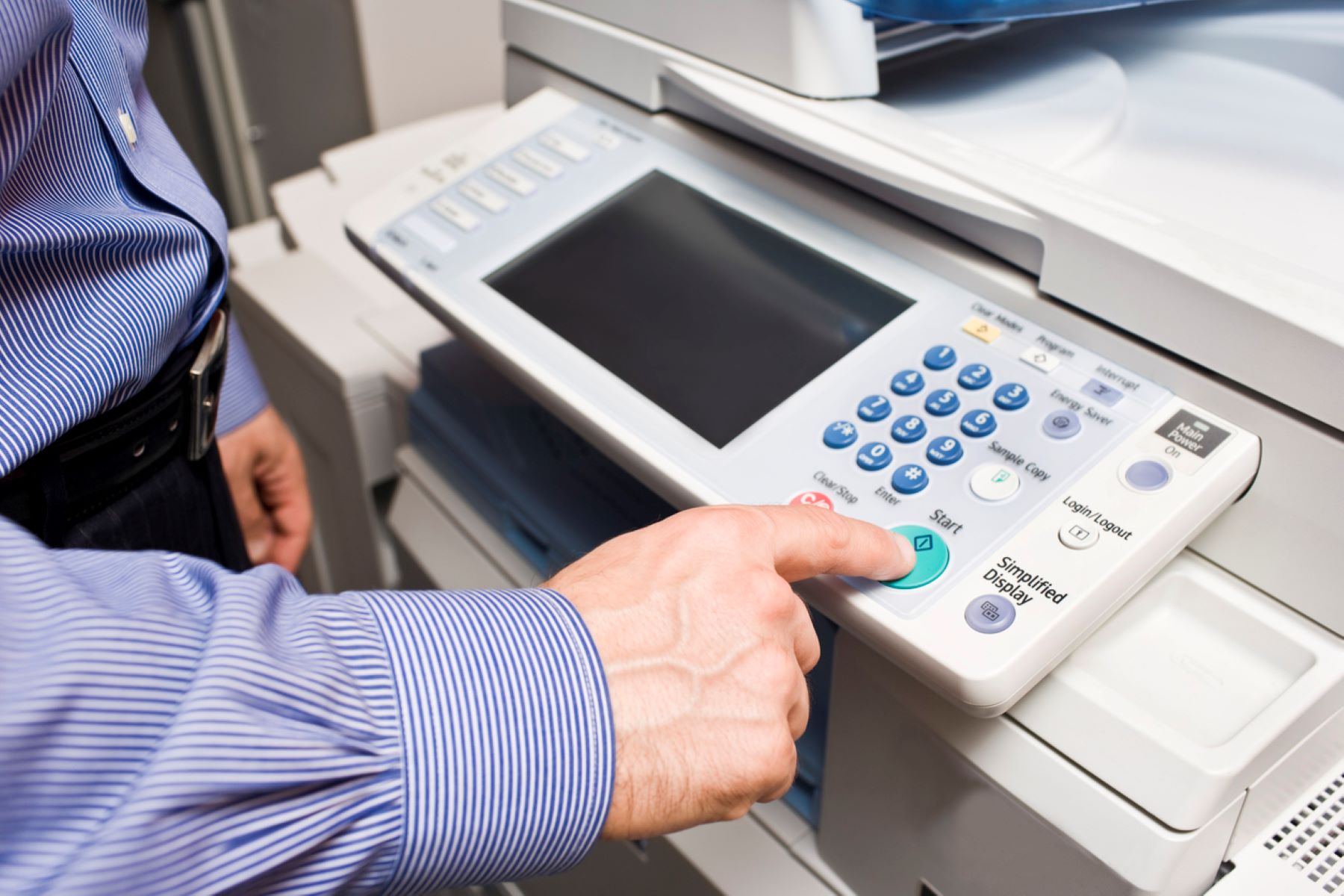

Smart Home Devices
How Do You Set A Default Printer
Published: January 10, 2024
Learn how to set a default printer for your smart home devices with our simple step-by-step guide. Streamline your printing process effortlessly!
(Many of the links in this article redirect to a specific reviewed product. Your purchase of these products through affiliate links helps to generate commission for Storables.com, at no extra cost. Learn more)
Introduction
Setting a default printer on your computer is a fundamental aspect of ensuring seamless printing experiences. Whether you're working from home, in an office, or at a public space, having the ability to specify a default printer streamlines the printing process and minimizes the hassle of selecting a printer each time you need to print a document. In this article, we'll explore various methods to set a default printer on different operating systems, empowering you to optimize your printing setup with ease.
Having a default printer simplifies the printing process, allowing you to send print jobs directly to your preferred printer without the need to manually select it each time. This is especially beneficial in environments where multiple printers are available, as it eliminates the potential for errors and saves valuable time.
Whether you're using a Windows, macOS, or Linux-based system, the process of setting a default printer involves a few simple steps. By familiarizing yourself with these methods, you can enhance your overall printing experience and boost productivity. Let's dive into the different approaches for setting a default printer, catering to various preferences and operating systems.
Key Takeaways:
- Setting a default printer is crucial for seamless printing. Methods include Control Panel, Settings app, Printers & Scanners, and Command Prompt on Windows. Choose the method that suits your preference and operating system for a hassle-free printing experience.
- Whether at home or in a professional setting, setting a default printer streamlines the printing process, saves time, and boosts productivity. Familiarize yourself with the available methods to customize your default printer settings and enjoy an optimized printing experience.
Read more: How To Remove Default Printer
Method 1: Control Panel
On Windows operating systems, the Control Panel provides a straightforward method for setting a default printer. Follow these steps to designate your preferred printer as the default:
- Accessing Control Panel: To begin, navigate to the Control Panel by clicking on the Start menu and typing “Control Panel” in the search bar. Select “Control Panel” from the search results to open the application.
- Viewing Devices and Printers: Within the Control Panel, locate and click on the “Devices and Printers” option. This will display a list of available printers and connected devices.
- Selecting the Default Printer: Identify the printer you wish to set as the default, right-click on its icon, and choose “Set as default printer” from the context menu. This action will designate the selected printer as the default option for all print jobs.
- Verifying the Change: After setting the default printer, it’s advisable to print a test page to ensure that the configuration has been successfully applied. This allows you to confirm that the correct printer is now selected as the default option.
By utilizing the Control Panel, you can efficiently manage your default printer settings on Windows-based systems. This method provides a user-friendly interface for customizing your printing preferences and streamlining the printing process.
Method 2: Settings App
For users of Windows 10 and later versions, the Settings app offers a modern and intuitive approach to setting a default printer. Follow these steps to configure your default printer using the Settings app:
- Accessing the Settings App: Begin by clicking on the Start menu and selecting the gear-shaped icon to open the Settings app. Alternatively, you can press the Windows key + I to directly access the Settings app.
- Navigating to Devices: Within the Settings app, locate and click on the “Devices” option. This section allows you to manage various device-related settings, including printers and scanners.
- Selecting Printers & Scanners: Under the “Devices” category, click on “Printers & scanners” in the left-hand menu. This will display a list of available printers and related settings.
- Setting the Default Printer: Scroll through the list of available printers and locate the printer you want to set as the default. Click on the printer’s name to reveal additional options, and then select “Set as default” to designate it as the default printer for your system.
- Verification and Testing: Once you’ve set the default printer, consider printing a test page to confirm that the changes have been applied successfully. This step ensures that the selected printer is now the default option for all print jobs.
The Settings app provides a modern and user-friendly interface for managing your default printer settings on Windows 10 and later versions. By following these steps, you can seamlessly customize your printing preferences and enhance your overall printing experience.
To set a default printer on Windows, go to Settings > Devices > Printers & Scanners. Select your preferred printer and click “Set as default.” This will make it the default printer for your computer.
Method 3: Printers & Scanners Settings
Configuring the default printer on Windows 10 and later versions can also be accomplished through the dedicated “Printers & Scanners” settings. This method offers a streamlined approach to managing printer preferences directly within the operating system’s settings. Follow these steps to set a default printer using the Printers & Scanners settings:
- Accessing Printers & Scanners: To begin, open the Settings app by clicking on the Start menu and selecting the gear-shaped icon. Within the Settings app, click on the “Devices” category and choose “Printers & scanners” from the left-hand menu.
- Selecting the Default Printer: In the Printers & Scanners settings, you’ll find a list of available printers and related options. Locate the printer that you want to set as the default and click on its name to reveal additional settings.
- Setting as Default: After clicking on the printer’s name, you’ll have the option to set it as the default printer for your system. Simply click on the “Set as default” button to designate the selected printer as the default option for all print jobs.
- Verifying the Change: It’s advisable to print a test page to ensure that the default printer has been successfully updated. This step allows you to confirm that the selected printer is now the default option for all printing tasks.
Utilizing the Printers & Scanners settings within the Windows operating system provides a convenient and integrated method for managing default printer configurations. By following these steps, you can efficiently customize your printing preferences and ensure a seamless printing experience on your Windows 10 or later system.
Method 4: Using Command Prompt
Setting a default printer via the Command Prompt provides a command-line alternative for users who prefer a text-based approach to system configuration. Follow these steps to designate a default printer using the Command Prompt on a Windows-based system:
- Accessing the Command Prompt: To begin, open the Command Prompt by typing “cmd” in the Windows search bar and selecting “Command Prompt” from the search results. Alternatively, you can press the Windows key + R, type “cmd,” and press Enter to launch the Command Prompt.
- Viewing Printer Information: Within the Command Prompt, you can use the “wmic printer get name” command to view a list of installed printers and their respective names. This step allows you to identify the specific printer you wish to set as the default.
- Setting the Default Printer: Once you have identified the name of the printer you want to set as the default, use the “wmic printer where name='[printer name]’ call setdefaultprinter” command, replacing “[printer name]” with the actual name of the target printer. This command designates the specified printer as the default option for all print jobs.
- Verifying the Change: After executing the command to set the default printer, consider printing a test page to confirm that the changes have been applied successfully. This step allows you to ensure that the selected printer is now the default option for all printing tasks.
Utilizing the Command Prompt to set a default printer provides a command-line interface for managing printer configurations on Windows-based systems. By following these steps, you can efficiently customize your default printer settings using text-based commands, offering an alternative approach for system configuration.
Read more: How To Set A Default Printer In Windows 11
Conclusion
Setting a default printer is a fundamental aspect of optimizing your printing experience, enabling seamless and efficient printing workflows across various operating systems. Whether you prefer using the Control Panel, the Settings app, the Printers & Scanners settings, or the Command Prompt on Windows-based systems, the process of designating a default printer involves a few simple steps.
By leveraging the Control Panel, users can access a familiar interface to manage their default printer settings, providing a user-friendly approach for customization. The modern and intuitive Settings app offers a streamlined method for configuring default printers on Windows 10 and later versions, catering to users who prefer a more contemporary interface. Additionally, the dedicated Printers & Scanners settings within the operating system provide an integrated approach to managing default printer configurations, offering convenience and accessibility.
For users who appreciate a command-line interface, the Command Prompt presents an alternative method for setting a default printer, allowing for text-based configuration and system customization.
Regardless of the method chosen, the ability to specify a default printer streamlines the printing process, eliminates the need to manually select a printer for each print job, and enhances overall productivity. By familiarizing yourself with these methods, you can confidently customize your default printer settings, ensuring a seamless printing experience tailored to your preferences.
Whether you’re working in a professional setting, managing a home office, or utilizing printing resources in various environments, the ability to set a default printer empowers you to optimize your printing setup and simplify the printing process, ultimately contributing to a more efficient and productive workflow.
By understanding the diverse methods available for setting a default printer, you can adapt your approach to suit your preferences and operating system, ensuring a tailored and optimized printing experience that meets your specific needs.
Frequently Asked Questions about How Do You Set A Default Printer
Was this page helpful?
At Storables.com, we guarantee accurate and reliable information. Our content, validated by Expert Board Contributors, is crafted following stringent Editorial Policies. We're committed to providing you with well-researched, expert-backed insights for all your informational needs.
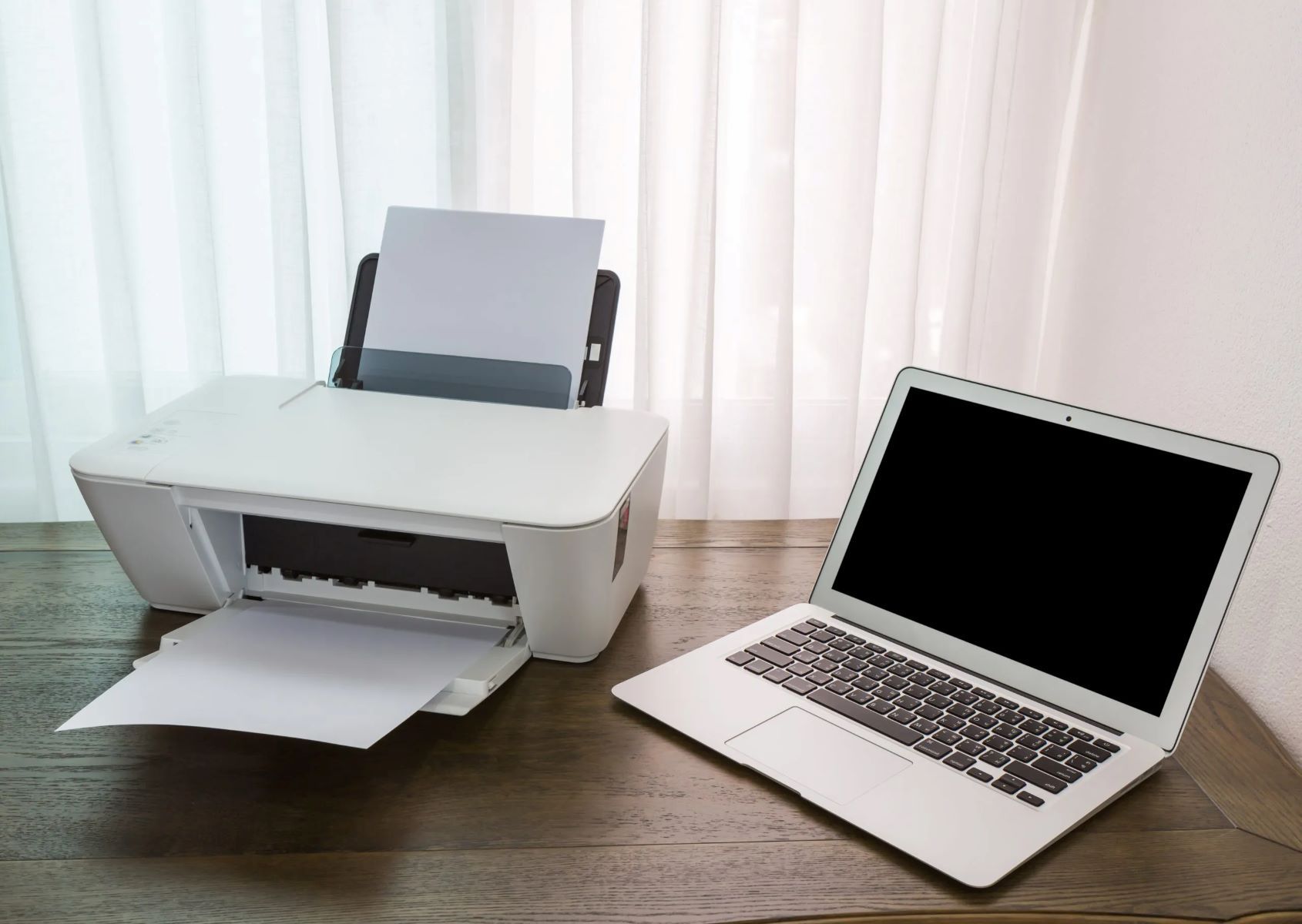

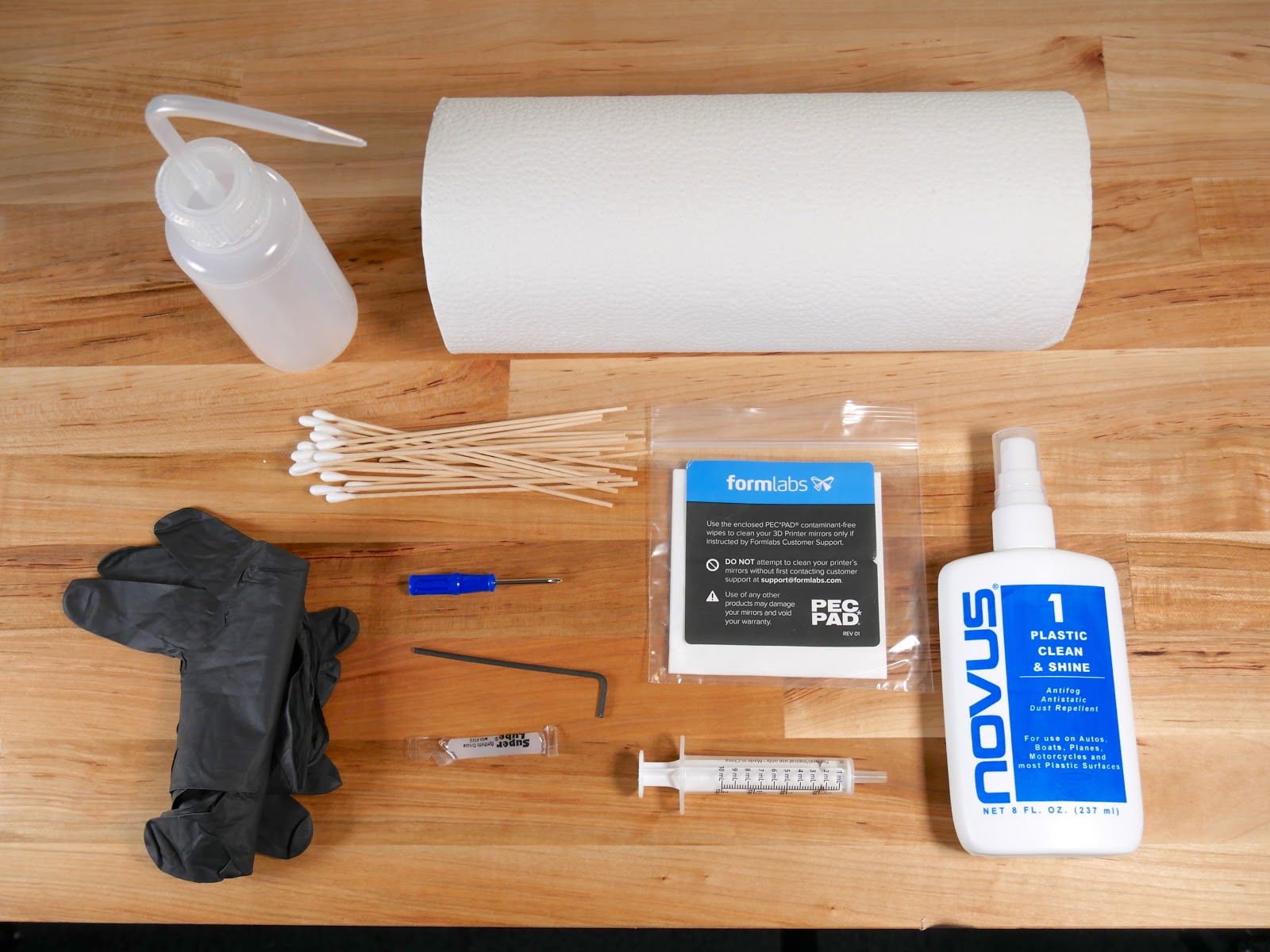
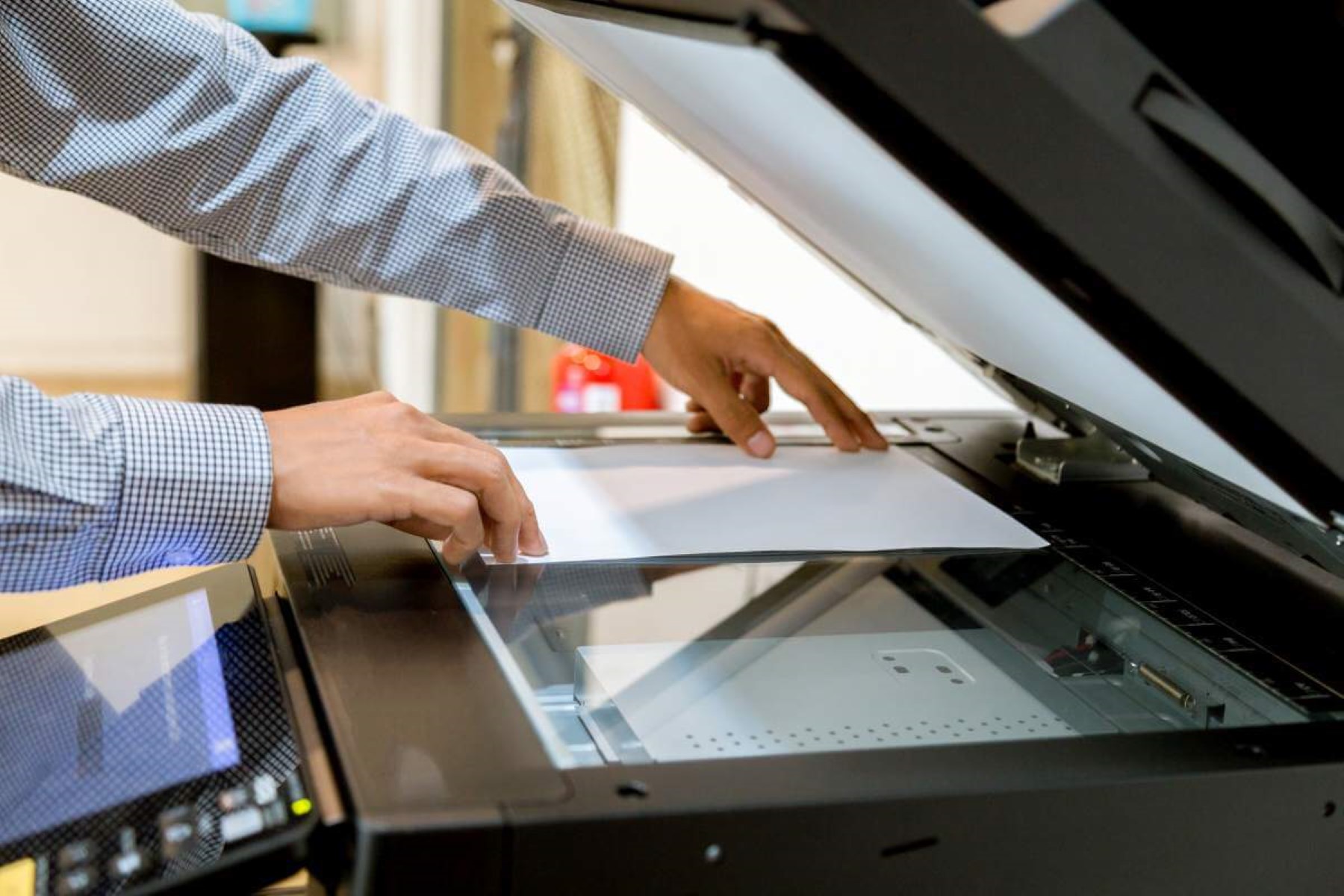
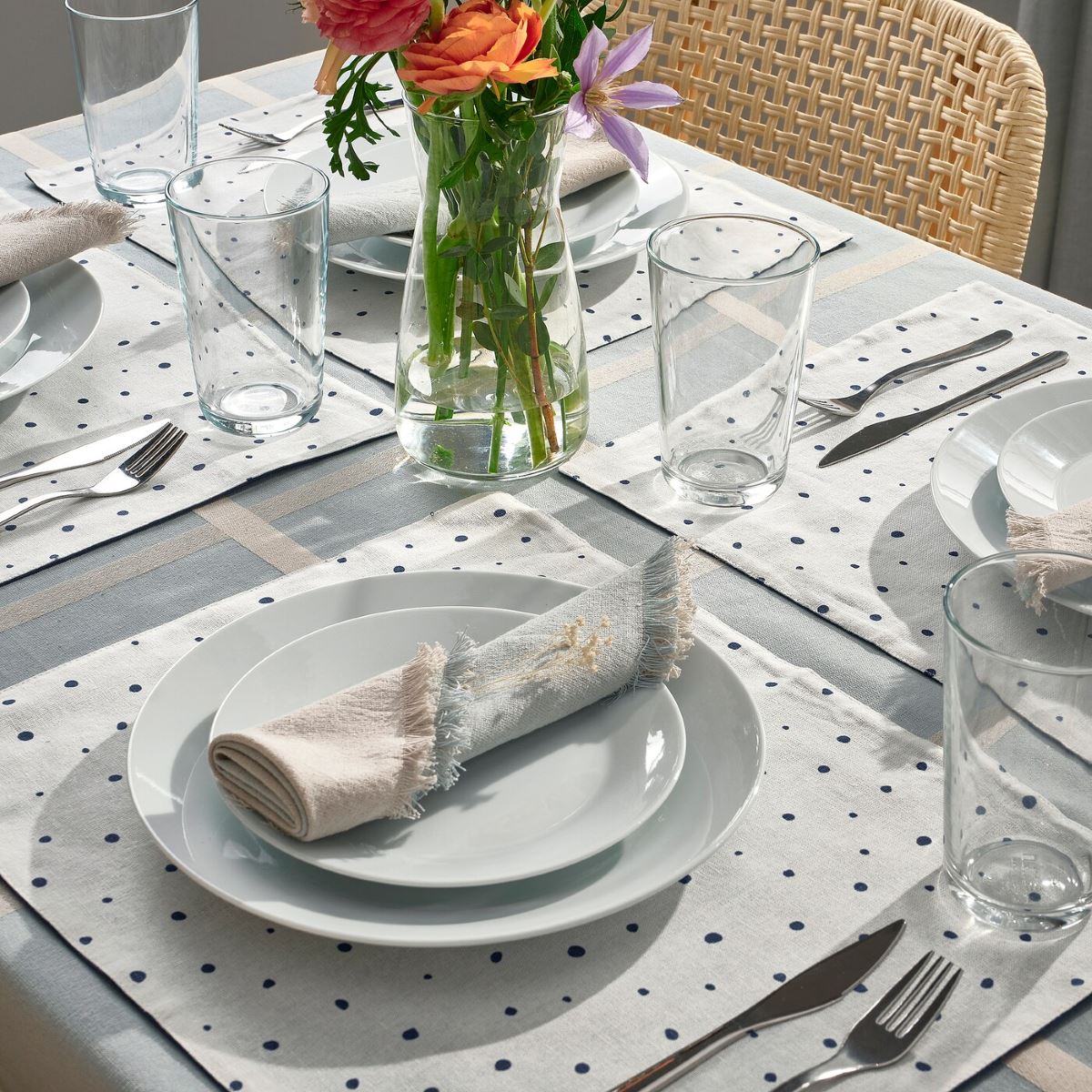
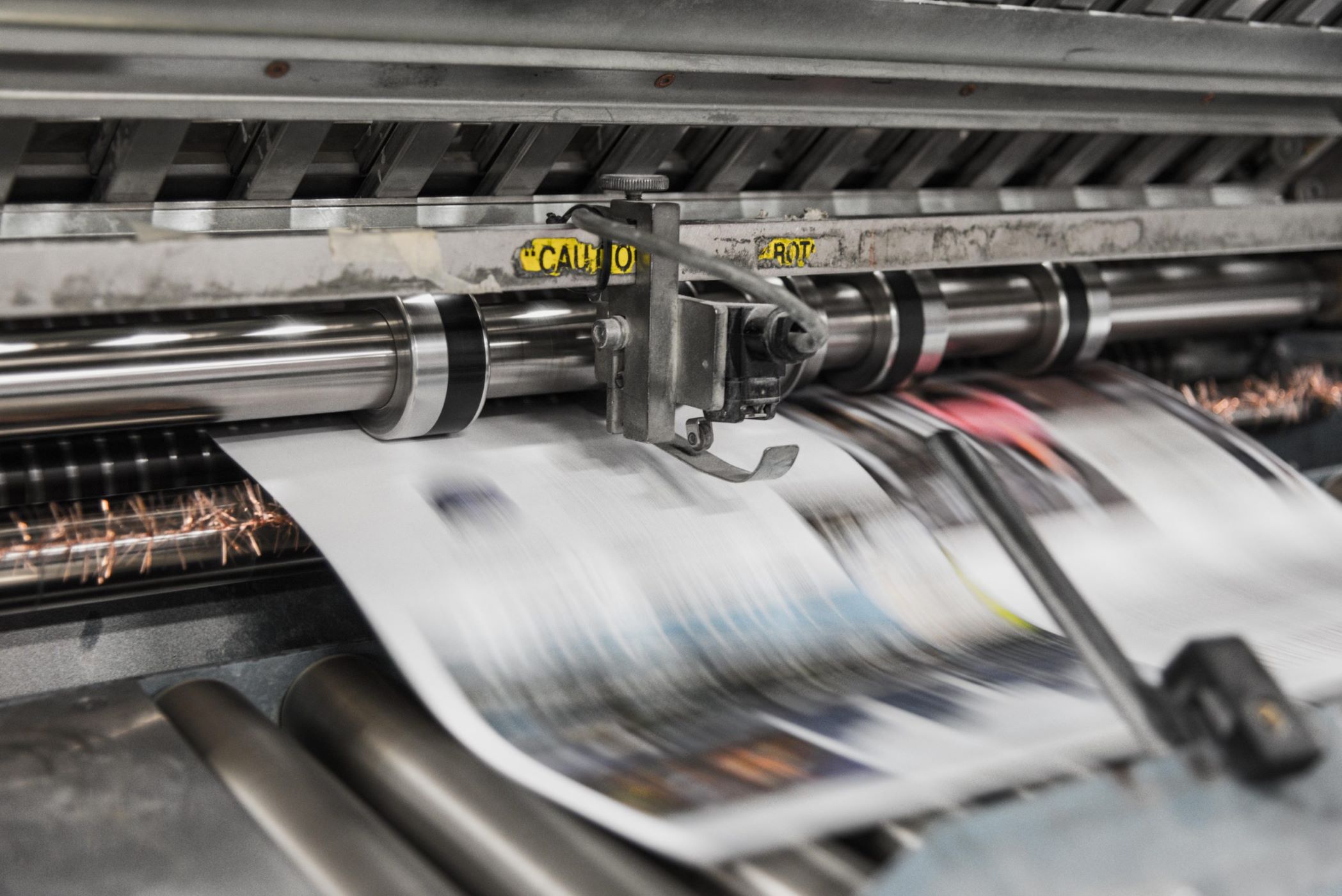

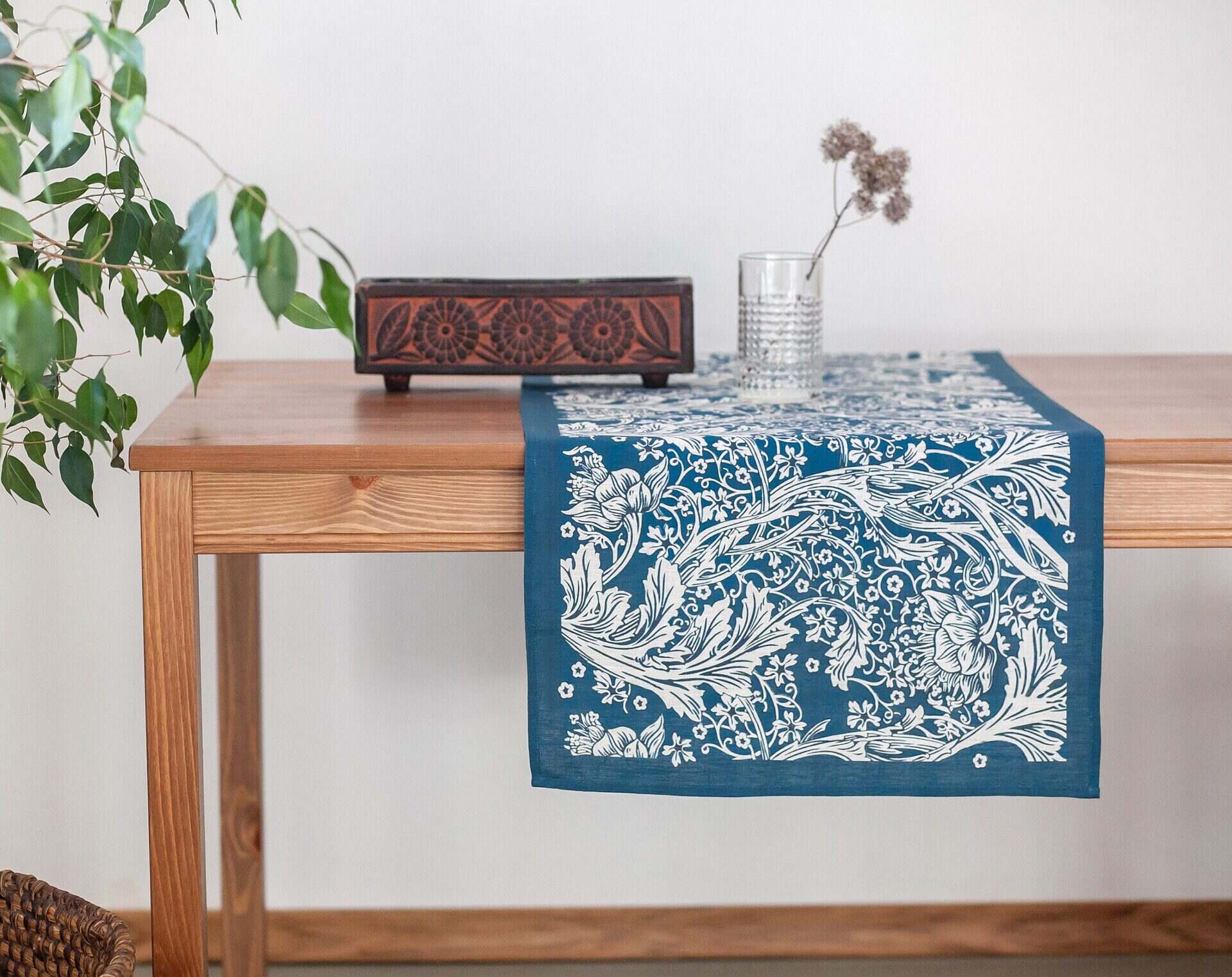


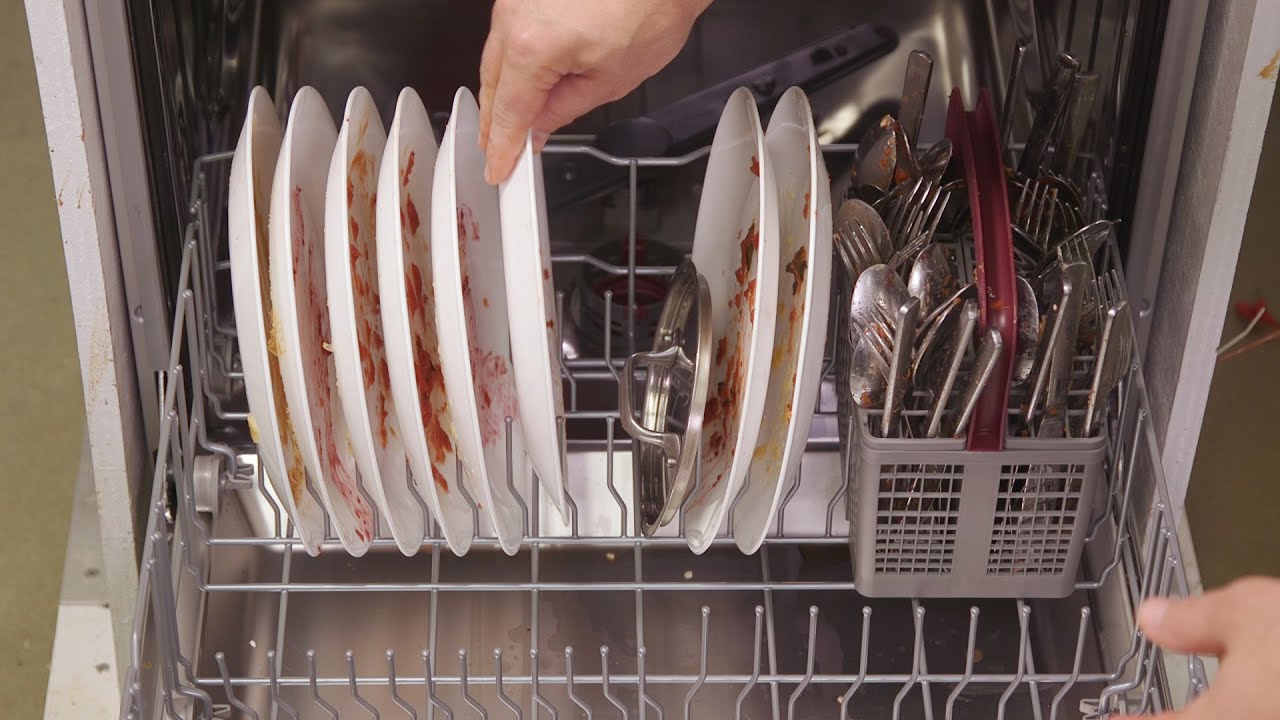

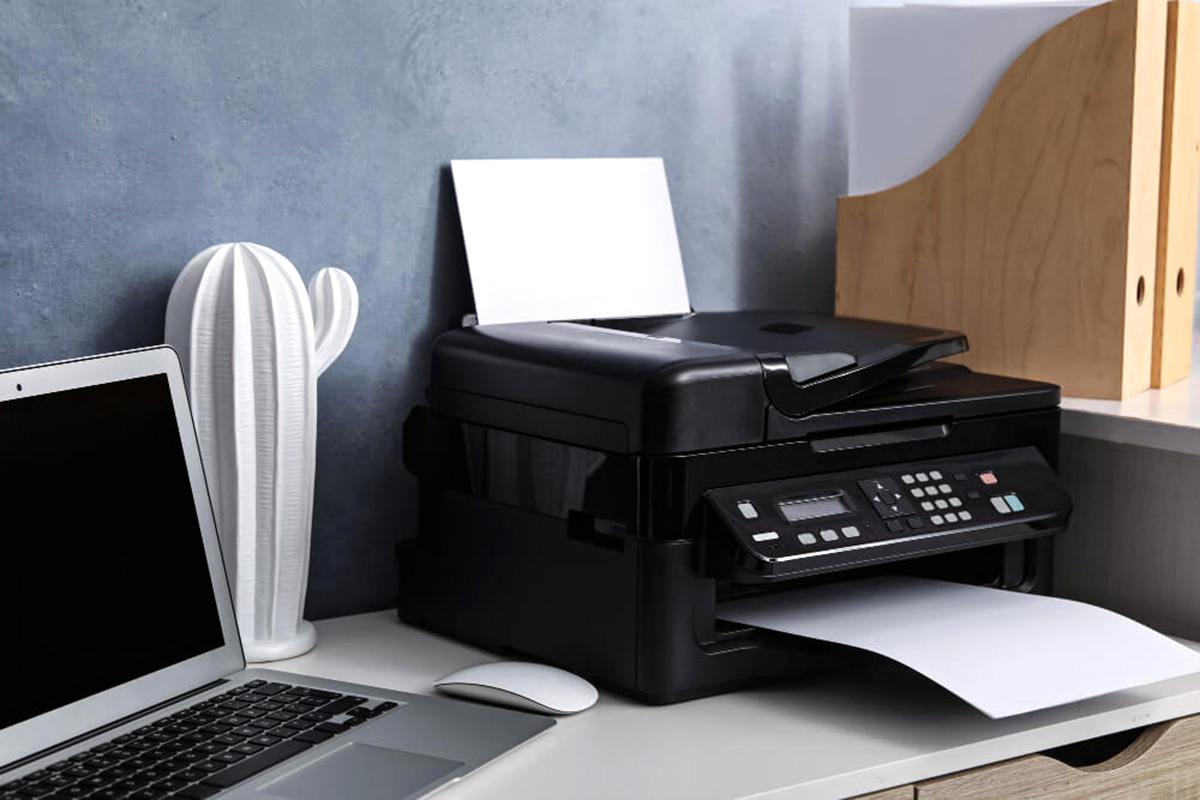
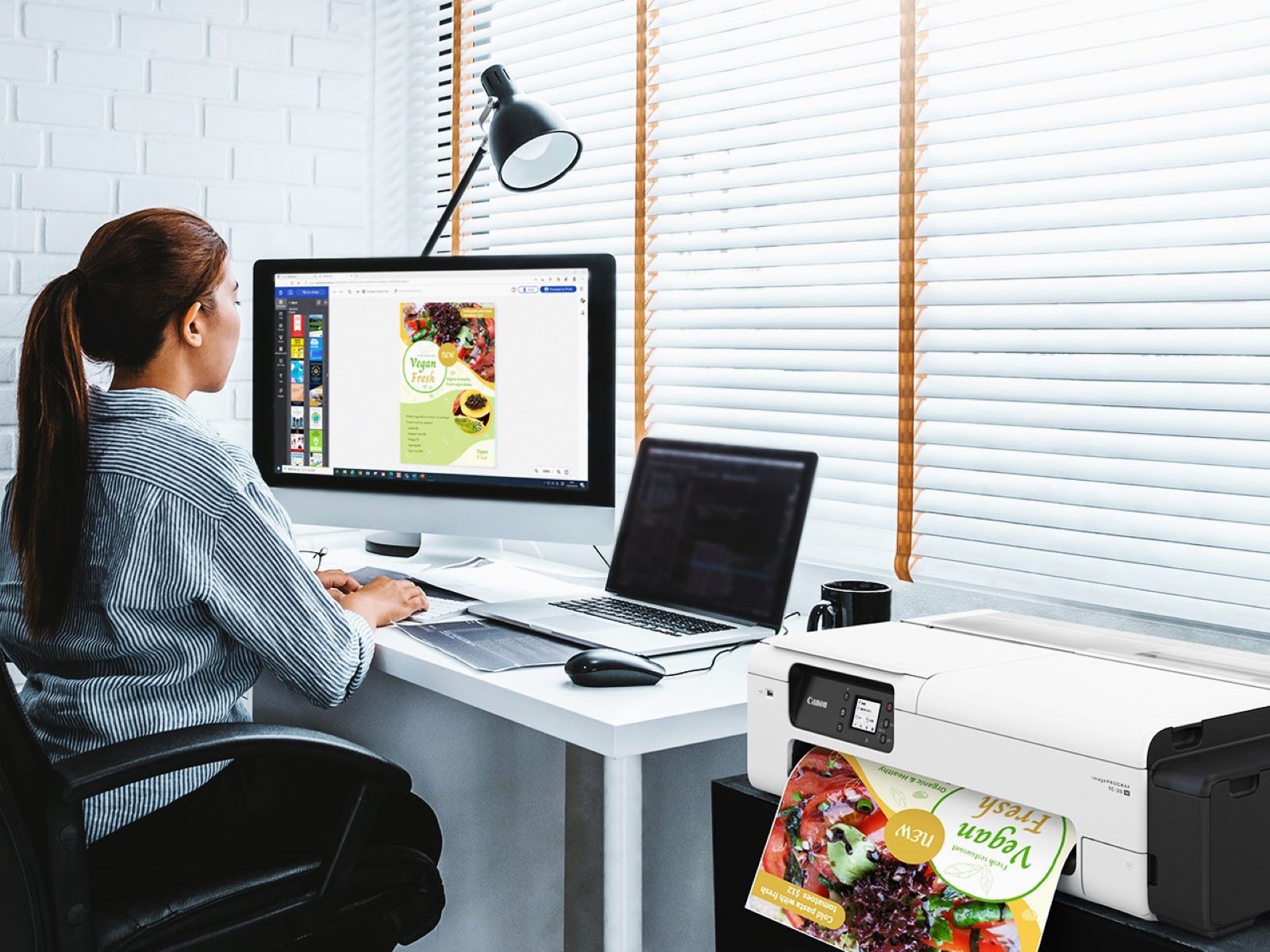

0 thoughts on “How Do You Set A Default Printer”